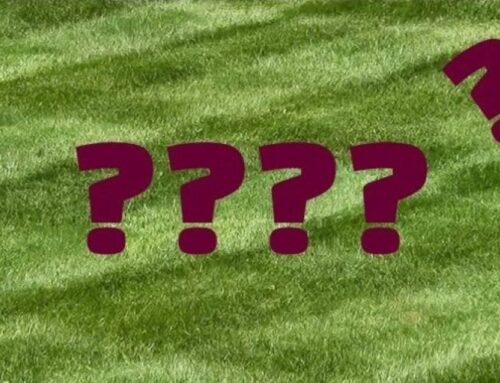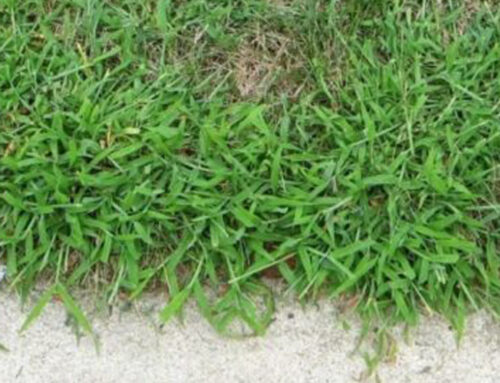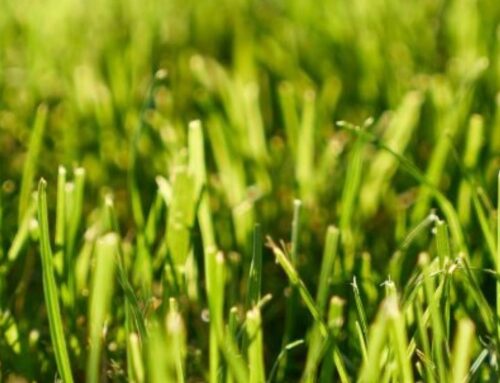Spring is in full swing here in the Lehigh Valley! The flowers are in bloom, the birds are singing, and mother nature likes to change the temperature so often you don’t know if you need your coat or your flip flops. Add some rainy days and before you know it your grass has taken on a weird pinky hue. So what is it that has your lawn looking like someone sprayed pink silly string all over the place? The answer is likely two very common turf diseases, red thread and pink patch.
First the good news- It goes away on its own and there is no need for additional treatments to clear it up. Think of it as your lawn having a cold, and like a cold it usually stays around longer than any of us would like, so patience is definitely a virtue.
Great! It won’t cost any extra money but what on earth is it?
It is a fungus! For a more thorough, scientific, explanation here is what Brian, our lawn care manager here at Turfpro, had to say: “These two very common diseases present similar symptoms and appear as irregularly shaped patches of blighted grass. From a distance, affected areas have reddish or pinkish coloration. These diseases usually affect the leaves, leaf sheaths, and stems. In the early stages, symptoms appear as red to pinkish colored areas on the grass blades that enlarge rapidly to cover most of the leaf. Affected grass blades will eventually dry out and fade to a bleached straw color. During moist weather, the leaves may become covered with the pink gelatinous growth of the causal fungi. Diagnosis of red thread is obvious in the later stages when bright thread-like coral pink fungus mycelium is produced at the tips of the affected grass blades. In the case of pink patch, affected blades are covered with the pink fluffy growth which will resemble cotton candy” So, there you have it, your yard will recover on its own it just may be a little “festive” for a while.
As with most lawn diseases, the best way to prevent issues is to make sure you follow proper mowing practices. This means mowing higher and making sure to sharpen the blades regularly. Also consider aerating and seeding with turf type tall fescue in the fall to help incorporate a more resilient grass type.
If you ever have any questions or concerns about your lawn just give us a call!






